In the United States, many Indians emigrate, and many of them want to know how to grow Indian vegetables, fruits, and flowers. You can grow the vegetables you desire in your backyard or in a container at home. Here we will learn the different types of vegetables, fruits, herbs, and flowers grown on US grounds, how Indians grow Indian vegetables in the US, and how to start backyard and container gardening in the USA.
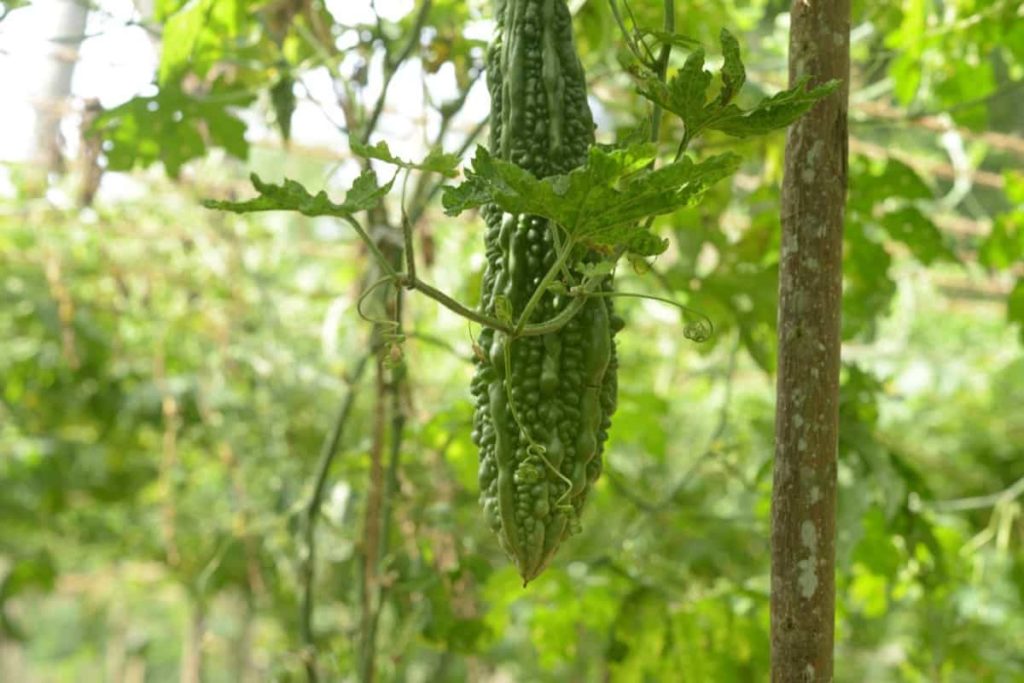
Indian gardening in the USA
What kind of Indian Plants you can grow in your garden in the USA?
You can easily grow Indian vegetables in the United States of America (USA)such as Bottle Gourd (Sorakaya), Ridge Gourd (Beerakaya), Snake Gourd (Potlakaya), Cluster Beans (Goru Chikkudu), Broad beans (Chikkudukaya), Gongura, Ivy Gourd (Dondakaya), Bitter Gourd (Kakarakaya), Yellow Cucumber (Dosakaya), Malabar Spinach (Bachalikura), Ginger (Allam), Garlic (Vellulli), Bayleaf, Moringa (Drumstick/Munagakaya), Turmeric (Pasupu), Taro Root/Arbi Root (Chamadumpa), (Okra Bhindi/Bendakaya), Green Chilli (Pachi Mirchi), Brinjal (Baingan/Vankaya), Parwal, Methi Leaves (Menthikura), Curry Leaves (Karivepaku), Kothimeera, Ponnaganti Kura, Chukka Kura (Khatta Palak), Thotakura/Amaranthus, and Palakura/Spinach, Henna Plant (Mehndi/Gorintaku)
You can also grow Indian flowers in the United States of America (USA) such as Jasmin flowers (Malle Poolu), Marigolds (Banthipoolu), Crossandra (Kanakambaram), and Chrysanthemums (Chamanthi Poolu), Gerbera, Bougainvillea, Dahlia, and Hibiscus (Mandaram).
You can also grow Indian fruits in the United States of America (USA) such as Guava (Jamakaya), Custard Apple (Sitaphal), Mango (Aam/Mamidi), Jamun (Alla Neredu), Sapota/Sapodilla, Indian Ber (Regi Pandu), and Indian Gooseberry (Amla/Usirikaya).
Determine the plant hardiness zones where you reside
An area’s hardiness zone is characterized by its average annual lowest temperature, critical to the survival of a wide range of plant species. In certain systems, additional statistics are taken into account. The USDA devised the original and most frequently used system, which specifies 13 zones based on long-term average annual severe minimum temperatures, as an essential guide for landscaping and gardening.
As a result, it has been modified and adopted by other nations (such as Canada). Unless otherwise stated, the USDA scale is often referred to as a “hardiness zone” or simply “zone” in American settings. Hardy to zone 10, for example, indicates the plant can tolerate temperatures between 30 and 40 degrees Fahrenheit without harm.
Find out what hardiness zone you reside in using the USDA’s online hardiness map, which can be searched by zip code and includes a zone finder. It’s important to remember that planting zone maps aren’t ideal and that diverse microclimates occur within hardiness zones. Variations in humidity, heat, wind, soil, or wetness may all impact a plant’s ability to thrive in a particular microclimate. Many Indian plants fit into these hardiness zones, so choose your Indian vegetable plant wisely based on where you reside.
In case you missed it: How to Start Grapes Farming in the USA: Production, and A Step-by-Step Growing Guide for Beginners
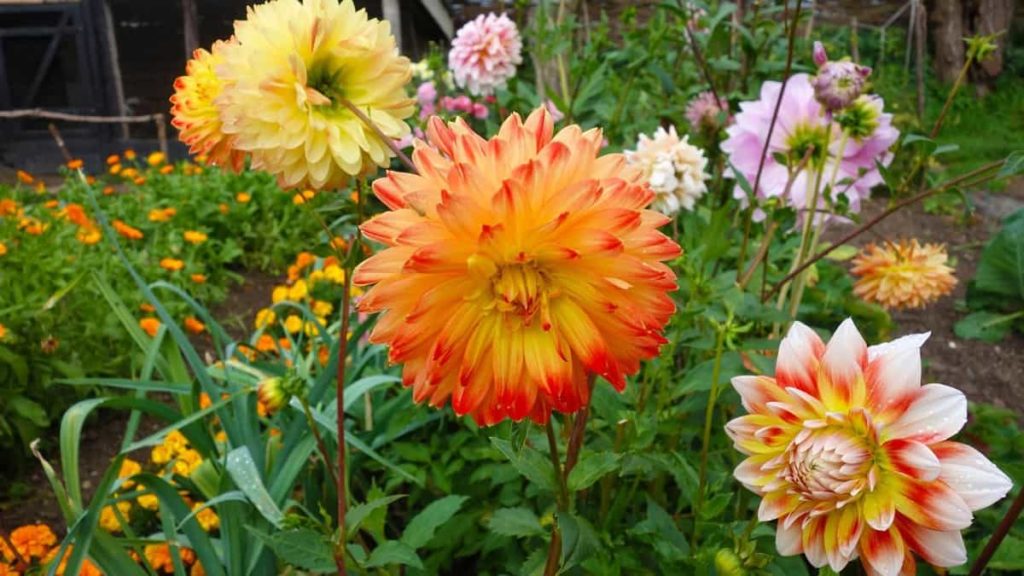
Choose the type of home garden to grow Indian vegetables
Backyard garden
Choose the ideal site
The most practical location for a home Indian vegetable garden is the backyard or another site close to the house that gets enough sunshine. However, if there is insufficient drainage, the soil is too shallow, or nearby buildings or trees cast a shadow, the garden may have to be situated farther away from home. When planning your garden, you should consider what you will grow and how much of it you will plant.
It is preferable to have a modest garden that is properly kept as opposed to a huge garden that is neglected and overgrown with weeds. Draw a plan of the garden rows on paper, noting the length you want to devote to each kind of vegetable, and then cut out the plan. Use a scale that equates a certain number of feet to one inch. After that, you’ll be able to choose the number of seeds and plants.
Think about the option of growing your veggies in separate plots that are located in front of your bushes. The look of several types of vegetables can be rather attractive. You can grow some veggies in your flower beds, while others are better suited for growing in containers. You must take into consideration the quantity of sunshine that your garden receives. Indian vegetables with leaves, for instance, can be planted in areas with some shadow, while vegetables that produce fruit need to be grown in areas that get direct sunshine.
Consider sunlight soil and drainage
To have a good garden, it is essential to have friable, deep, and well-drained soil. It is less necessary that the soil is of a particular kind than that it has good drainage, a good supply of organic matter, the ability to retain moisture, and is relatively free of stones. The kind of subsoil is another factor that is of the utmost significance. Creating high-quality garden soil is likely difficult or impossible if the surface soil contains hard shale, rock ledges, gravel beds, or very deep sand.
Organic matter, lime, commercial fertilizer, and other soil-improving ingredients may, on the other side, make rich soil infertile. The soil must have good drainage. Installation of agricultural tile, digging ditches, and sometimes plowing deeply into the subsoil are all common methods that can enhance soil drainage. In the garden, there should be no low spots or areas that might collect water after it has rained heavily.
The water from the ground around the garden should not drain into the garden, and there should be no risk of floods caused by overflow from the streams that are nearby. It is essential to have adequate air drainage to reduce the risk of damage caused by frost. A garden on a slope that allows unobstructed airflow to lower levels has the best chance of avoiding harm from late spring and early autumn frosts.
Early crops have a better chance of survival if the land they are planted on is south-facing and has a mild slope that does not exceed 1.25%. Strong winds may need a windbreak, such as a fence, hedge, or trees on the garden’s windward side. Planting hedges and other live windbreaks at a sufficient distance from the garden is essential to exclude the possibility of shadow or damage to the crops from the plants’ roots. If feasible, the sun’s rays should shine directly on the garden during the day.
However, no amount of water, fertilizer, or care can make up for the absence of direct sunlight. When trees aren’t shading fields, their roots can penetrate deep into the soil and steal crops of water and nutrients. Tree roots can damage garden crops; construct a 2-foot-deep trench between the trees and the garden and clip any roots that cross it. After that, line one of the trench walls with a barrier made of scrap sheet metal or thick roofing paper, and then fill in the trench. In most cases, this will avoid root damage for several years.
Prepare soil for growing Indian vegetables in the backyard
Proper cultivation, utilization of organic matter, soil fertility management, and insect control are necessary to preserve good soil for producing vegetables. Soil properly prepared creates a favorable environment for root growth, quickly absorbs water and air, and seldom crusts over time. Good garden soil isn’t always the result of tillage. Tillage is necessary for several reasons, including weed control, soil amendment, and crop residue mixing.
In case you missed it: How to Start Rose Farming in the USA: A Step-by-Step Production Guide for Planting to Harvesting
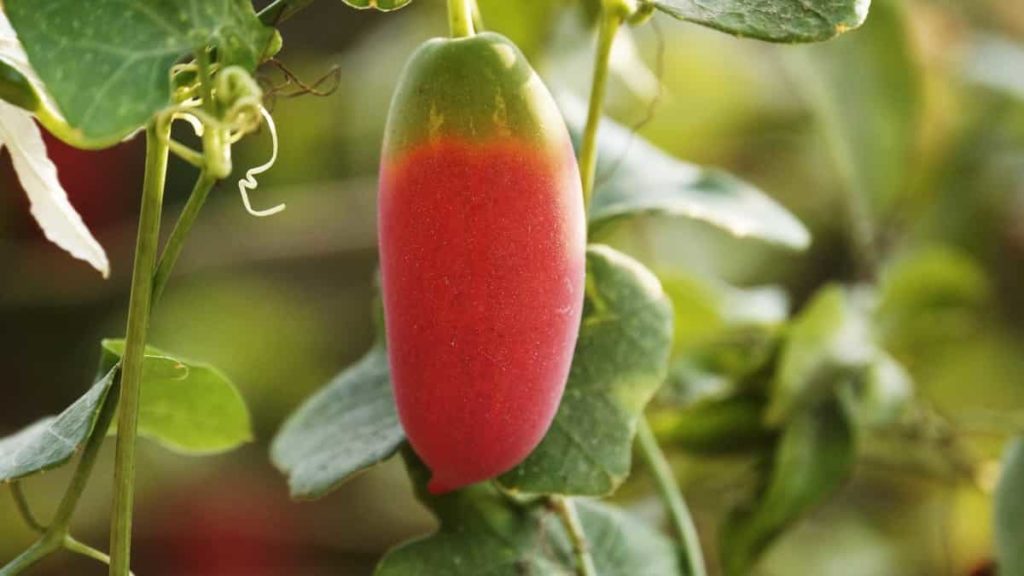
If the soil is damp, tillage compacts it, increasing crusting on the surface. Long and short growing seasons, as well as different soil types, have different fertility needs. How long it takes to prepare a garden for planting is determined by the kind of soil and the location. The soil should not be plowed until early spring when a garden is covered with crops. Heavy clay soils in the northern regions often benefit from autumn plowing and exposure to freezing and thawing throughout the winter for Indian vegetables.
Most garden soils benefit from organic matter addition and erosion control by being covered throughout the winter. Dryland gardens should be plowed and kept rough in the autumn to absorb and retain the winter rains that are sure to come. A general rule of thumb is to cover crop sandy soils before spring plowing. Before planting, the area should be plowed, and the soil disked many times to help decompose and incorporate any heavy sod or cover crop growth.
Land that will be plowed and then receive an application of coarse manure should be treated the same way. Wet soils shouldn’t be plowed until severe freezing weather is imminent. Plow and work sandy and organic-rich soils with greater moisture content than heavy clay soils, for example, peats and mucks. Squeezing a handful of dirt together is the most common method of testing.
It’s too moist if it forms a ball and doesn’t easily crumble beneath the thumb and finger of a worker thumb and finger. The soil should be sampled for dryness at the surface and several inches below before beginning any work. A plow or other implement stuck to the soil indicates that the soil is excessively damp. Another sign of dangerously saturated soil is the smooth, uninterrupted surface of the turned furrow.
The fall-plowed ground should be rough until spring, when it may be disked or harrowed. A seedbed should be established on spring-plowed soil shortly after plowing. It’s easier for seeds to germinate and plants to develop in well-prepared soil, and the labor involved in planting and caring for crops may be substantially reduced.
Plant your backyard garden
It is possible to start seedlings in a window box, pan, or flowerpot of soil and watch as they grow. Additional requirements include at least six hours of direct sunshine daily and a temperature of at least 75 degrees Fahrenheit. Sphagnum moss and finely washed sand are good seed-starting materials. A layer of fine sand or sphagnum moss, approximately three-quarters of an inch thick, should be placed at the bottom of a flat. Gently tap on the soil with your hands.
A jig can then be used to create half-inch-deep seedbed furrows. Allow the moss or sand to drain once it has been thoroughly watered. Sow the seeds in rows by covering them with some other layer of sand or moss. Cover the flat with a transparent plastic film after sprinkling it with a light mist. The light is diffused and subdued, while the plastic sheet keeps the soil and air around the seeds moist. Plastic films are more lightweight and less likely to break than glass coatings.
Choose a place where the seeded and covered flat will get at least six hours of direct sunshine each day and one that is somewhat warm at all times. After the seedlings have sprouted their first genuine leaves, the flat will need no more treatment. After that, they may be moved to new containers. It is almost impossible to protect newly transplanted plants from growing spindly and weakly in windows.
Water your backyard garden
During the growing season, most gardens need a moisture supply equating to around an inch of rain every week. A week’s worth of watering is needed to sustain adequate output if the soil’s moisture is depleted and there is no rain for weeks. A 30-by-50-foot garden receives 900 gallons of water for every inch of rain that falls. Rather than watering infrequently, give the garden a solid bath once a week at the most.
In case you missed it: How to Start Pumpkin Farming in the USA: A Step-By-Step Planting to Harvesting Guide
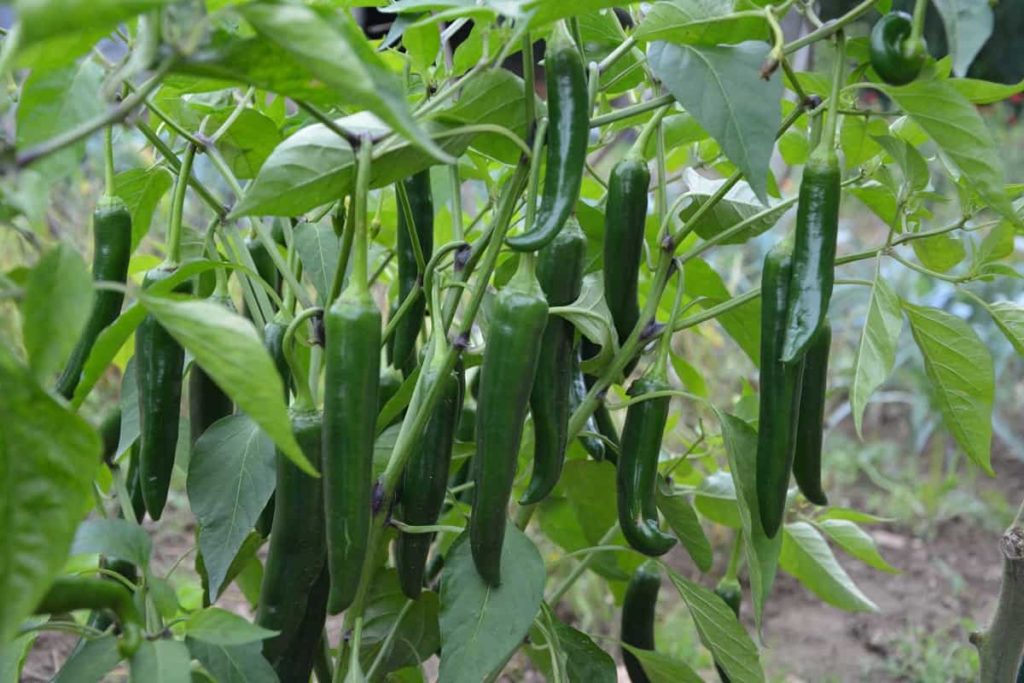
Sprinkle a few drops here and there isn’t going to do any help. When the terrain and the slope are favorable, the most effective method for applying water is to channel it down the length of the furrows that separate the rows until the ground is completely saturated. Sprinklers or porous hoses must be used if the soil is too sandy or the surface is too uneven for the furrow approach.
Pest and disease management for your backyard garden
A wide range of pathogens and insects prey on Indian vegetable crops. Insect and disease prevention is always preferable, but if an attack happens and the gardener does not know what to do, he should contact the county agent or his experiment station at once. There are publications available for free from the U.S. Department of Agriculture and many individual states that offer information on common garden pests and illnesses. Plants and seeds that are free of disease should be used in combination with disease-resistant kinds.
Container gardening
Select a proper container
Thinking about the container’s size before making a purchase decision is essential. Depending on the region’s size, there are advantages and disadvantages to both small and large containers. The bigger the container, the better for shrubs and tiny trees. A fully established plant’s root system will be able to fit in a pot with ease. More plants in a larger container mean a bigger container. As a result, the grower must devote more time and care to smaller pots since they dry up faster.
Even if you use plenty of medium, if your plants grow too large for their container, it will run out soon. Because of their porous nature, unglazed ceramic and terracotta pots lose more moisture from the soil. Nonporous materials like plastic, polystyrene, metal and glazed ceramic should be used to decrease moisture loss. The plants might also influence the kind of container used. Drainage is a must-have.
For the most part, ornamental plants need adequate drainage. A large amount of stagnant water can cause plant infection and death. A hole for drainage must be included in the container’s bottom as a consequence. The container should have 2-inch-diameter holes if they don’t already.
Heavy containers with a wide base are less likely to topple in windy environments. Because dark containers can quickly heat up and injure the roots of your Indian vegetable plants in locations with a lot of direct sunshine, light-colored containers are recommended. It is simpler for those with limited mobility to garden in higher pots since they do not have to stoop as much.
Choose the ideal potting mix
Container gardening requires using artificial or soilless media, which can be purchased at most garden supply shops. Since conventional garden soil and topsoil compact too easily and limit water and airflow to the roots, using them in containers will result in your plants’ death. In contrast, artificial potting media is used in pots and does not compact.
The decreased weight also makes it easier to move containers. Because container gardening allows you greater control over the environment in which your plants grow, it is a good idea. Blueberries, for example, thrive in an acidic climate. In comparison to altering the pH of a plant bed, container gardening is much easier. For example, better drainage is required for succulents. As a result, a succulent substrate is recommended.
Potted plants have greater control over the medium they utilize to thrive since many garden shops sell soil particularly designed for use in containers. Time and money are wasted when the same mediums are used again. A deterioration in the media’s ability to retain moisture and nutrients over time might act as a breeding ground for pathogens. A 10% bleach solution should be used to sanitize the container after the season. To prepare a bleach solution, mix 1 cup of bleach with 9 cups of water.
Plant your container garden
Every container garden or flowerbed is unique. Afterward, the media may be included in the design. An inch of space should be left around each container’s rim to avoid washing out media whenever it is submerged in water. The material should not be stuffed too firmly in the container. Compacting the medium deprives the roots of oxygen, which they need for survival. Separate any plants’ roots that are stuck to the earth. Once the plants are in the container, use a medium to cover the root ball.
In case you missed it: How to Start Apple Farming in USA: A Step-by-Step Planting to Harvesting, and Production Guide
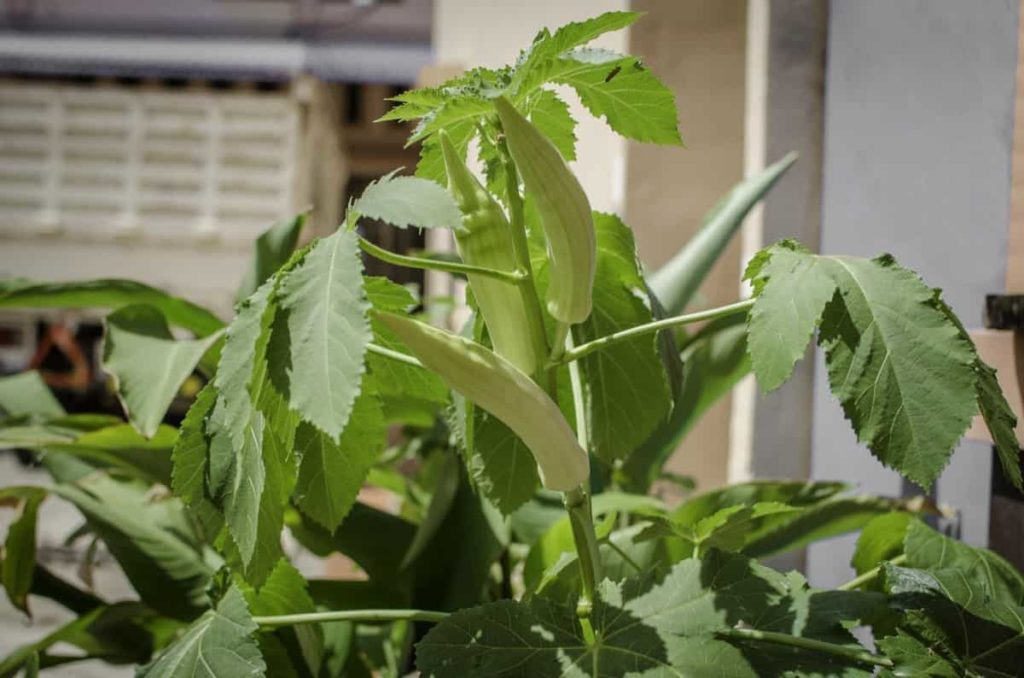
As soon as the plant’s root system is exposed, it will die. It’s critical to check that all of your plants are in their pots before watering them. Deep water the container plants. In addition to promoting deeper root growth, this technique also aids in draining salts that can build up. A saucer should be placed underneath the container if there are any spills or stains. Water in the saucer that has been left unattended for an extended period may lead to the development of diseases and the death of plants and larvae of mosquitos.
Water your container garden
Unlike potted plants, in-ground plants dry up more quickly due to their smaller soil surface and the pot’s design. Watering container plants in the morning or evening, when temperatures are cooler, and the water has had more time to absorb, is recommended. However, it also prevents the growth of fungus by allowing water to drain away quickly. To water, a plant, wait until the soil is fully dry. Look for shriveled, discolored leaves, drooping stalks, and dropping petals. Etc.
Potted plants that are kept warm and dry should be checked regularly; water plants when the soil’s top inch is dry. Most plants need frequent, slow, deep watering to ensure water reaches the soil and roots. As the water evaporates quickly, the plant or soil does not have time to use it. Most potting soils will refuse water if they are completely dry. As a result, the plant’s root system will get enough moisture, and the soil will be replenished.
Rehydrating the soil in a pot by soaking it in water for around 30 minutes is the best option if you accidentally let it dry out completely. This will assist in restoring the soil’s moisture level to its pre-drying state. Water-soaked wire cages, baskets, or coir should be submerged in a bucket of water.
The water requirements of various species vary. Once you’ve figured out how much moisture your plant needs, you can buy a moisture gauge. Watering pots is a breeze with these. The probe of the gauge measures soil moisture. You should water your plant if the soil is dry, even if the gauge suggests otherwise. Once all the water drains out of the drainage holes, slowly deep water.
Pest and disease management for your container garden
If you’ve moved to container gardening and one of your plants isn’t doing well, you may be dealing with a pest or disease. What may be done to prevent this from happening again is outlined in the following paragraphs. Begin by finding out the root cause of a problem, such as a lack of fertilization, a lack of pesticides or illnesses, too much sun or frost, etc. Most of the time, an unhealthy plant may be traced back to an improper environment. For example, does your plant get enough water? Is there a way to get water out of your container?
A plant’s susceptibility to disease and pests is increased if it is grown in an unsanitary manner. Use the least destructive management method if a pest or disease is responsible for the problem. Pesticides are the last resort, except for low-toxicity pesticides like insecticidal soap, since they may affect beneficial species like ladybug populations. Always follow local pesticide regulations. Choose healthy plants well-suited to the growth conditions to avoid pests and diseases. Inspect and care for them regularly.
In case you missed it: How to Start Carrot Farming in the USA: A Step-By-Step Production Guide for Planting to Harvesting
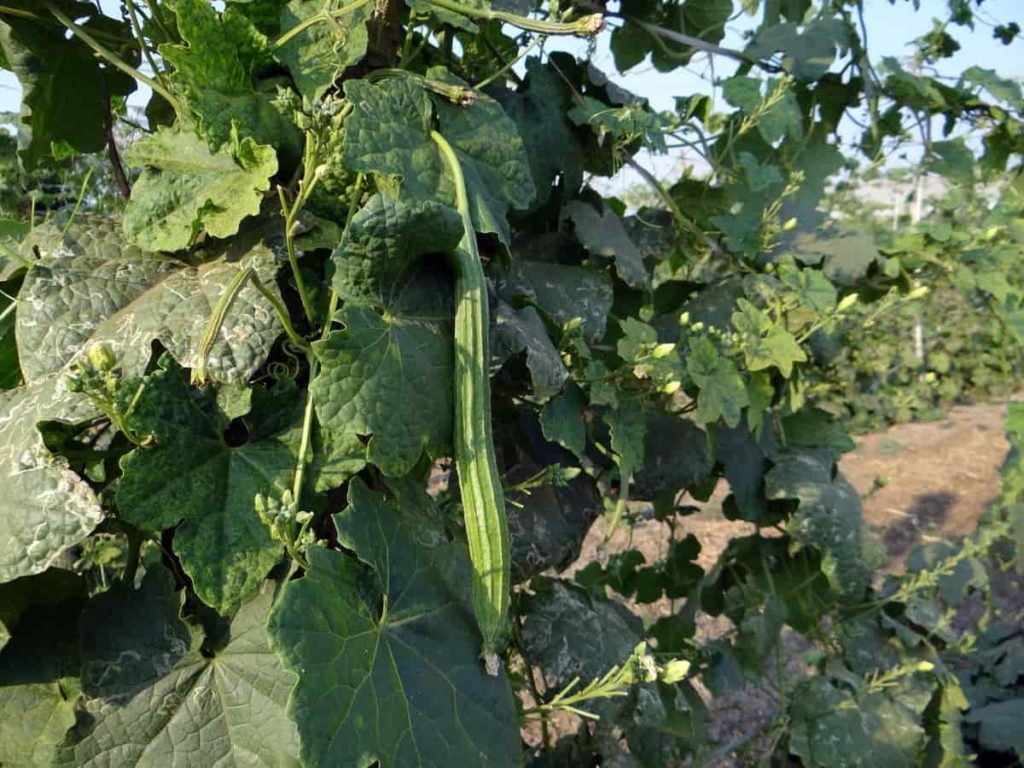
Conclusion
Creating a home garden in which to cultivate Indian fruits, veggies, flowers, and herbs may be done in this manner. In the United States of America, you can begin a garden in your backyard or one in containers, depending on the available space. Have patience and make sure your vegetable garden gets the right attention it needs. You’ll get great results soon.
- Types of Pesticides Used in Agriculture: A Beginner’s Guide
- Economical Aquaculture: A Guide to Low-Budget Fish Farming
- 15 Common Planting Errors That Can Doom Your Fruit Trees
- How to Make Houseplants Bushy: Effective Tips and Ideas
- Innovative Strategies for Boosting Coconut Pollination and Yield
- Pollination Strategies for Maximum Pumpkin Yield
- The Complete Guide to Chicken Fattening: Strategies for Maximum Growth
- Natural Solutions for Tulip Problems: 100% Effective Remedies for Leaf and Bulb-Related Issues
- Revolutionizing Citrus Preservation: Towards a Healthier, Greener Future
- Natural Solutions for Peony Leaf and Flower Problems: 100% Effective Remedies
- Maximizing Profits with Avocado Contract Farming in India: A Comprehensive Guide
- Natural Solutions for Hydrangea Problems: 100% Effective Remedies for Leaf and Flowers
- The Ultimate Guide to Choosing the Perfect Foliage Friend: Bringing Life Indoors
- From Sunlight to Sustainability: 15 Ways to Use Solar Technology in Agriculture
- The Ultimate Guide to Dong Tao Chicken: Exploring from History to Raising
- The Eco-Friendly Makeover: How to Convert Your Unused Swimming Pool into a Fish Pond
- Mastering the Art of Delaware Chicken Farming: Essentials for Healthy Backyard Flocks
- 20 Best Homemade Fertilizers for Money Plant: DIY Recipes and Application Methods
- How to Craft a Comprehensive Free-Range Chicken Farming Business Plan
- Brighten Your Flock: Raising Easter Egger Chickens for Beauty and Bounty
- How to Optimize Your Poultry Egg Farm Business Plan with These Strategies
- Subsidy for Spirulina Cultivation: How Indian Government Schemes Encouraging Spirulina Farmers
- Ultimate Guide to Raising Dominique Chickens: Breeding, Feeding, Egg-Production, and Care
- Mastering the Art of Raising Jersey Giant Chickens: Care, Feeding, and More
- Ultimate Guide to Raising Legbar Chickens: Breeding, Farming Practices, Diet, Egg-Production
- How to Raise Welsummer Chickens: A Comprehensive Guide for Beginners
- How to Protect Indoor Plants in Winter: A Comprehensive Guide
- Ultimate Guide to Grow Bag Gardening: Tips, Tricks, and Planting Ideas for Urban Gardeners
- Guide to Lotus Cultivation: How to Propagate, Plant, Grow, Care, Cost, and Profit
- Agriculture Drone Subsidy Scheme: Government Kisan Subsidy, License, and How to Apply Online
- Ultimate Guide to Raising Araucana Chickens: Breed Profile, Farming Economics, Diet, and Care
- Bringing Hydroponics to Classroom: Importance, Benefits of Learning for School Students
- Ultimate Guide to Raising Polish Chickens: Breed Profile, Farming Economics, Diet, and Care
- Ultimate Guide to Raising Australorp Chickens: Profile, Farming Economics, Egg Production, Diet, and Care
- Silkie Chicken Farming: Raising Practices, Varieties, Egg Production, Diet, and Care
- Sussex Chicken Farming: Raising Practices, Varieties, Egg Production, Diet and Care
Amazing information.